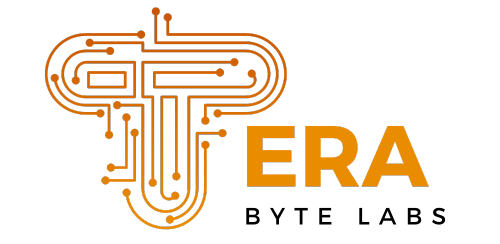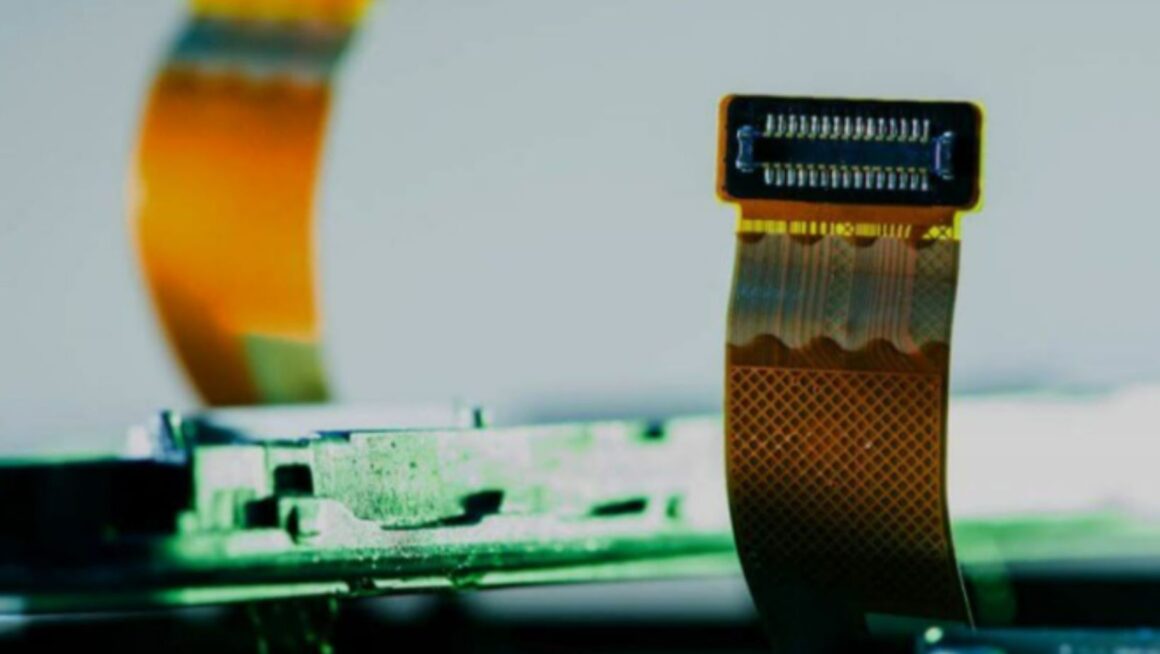The design of flexible printed circuit boards (PCBs) is a fascinating field that offers numerous benefits but also presents unique challenges. Understanding these challenges is crucial for engineers and designers looking to leverage the advantages of flexible PCBs in various applications. OurPCB, one of the leader PCB manufacturing and assembly service provider, has a more detailed approach towards these technologies. For a detailed overview, one can visit www.ourpcb.com.
Mechanical Flexibility and Durability
One of the primary challenges in designing flexible PCBs is ensuring mechanical flexibility while maintaining durability. Flexible PCBs must withstand repeated bending, twisting, and folding without breaking or losing functionality. This requires careful selection of materials and precise engineering to balance flexibility and strength.
Material Selection
Choosing the right materials for flexible PCBs is critical. Materials must be flexible enough to bend without cracking yet robust enough to support the conductive pathways. Common materials include polyimide and polyester films, which offer excellent flexibility and thermal stability. However, the choice of material can impact the cost and performance of the PCB, making it a crucial decision in the design process.
Signal Integrity
Maintaining signal integrity in flexible PCBs is another significant challenge. The bending and folding of the PCB can affect the electrical characteristics of the conductive pathways, potentially leading to signal loss or interference. Designers must carefully plan the layout and routing of the circuits to minimize these effects and ensure reliable performance.
Thermal Management
Effective thermal management is essential in flexible PCB design. Flexible PCBs often have to dissipate heat efficiently to prevent overheating and ensure longevity. This can be particularly challenging due to the thin and flexible nature of the materials used. Advanced thermal management techniques, such as using thermally conductive adhesives and incorporating heat sinks, are often employed to address this issue.
Manufacturing Precision
The manufacturing process for flexible PCBs requires high precision and specialized equipment. Unlike rigid PCBs, flexible PCBs must be handled with care to avoid damage during fabrication. This can increase production costs and complexity, particularly for high-volume manufacturing.

Ensuring consistent quality and reliability in flexible PCBs demands stringent quality control measures and adherence to industry standards.
Environmental Factors
Flexible PCBs must often operate in diverse and harsh environments, which can include exposure to moisture, chemicals, and extreme temperatures. Designing flexible PCBs that can withstand these conditions without degradation is a significant challenge. Protective coatings and encapsulation techniques are commonly used to enhance the environmental resilience of flexible PCBs.
Integration with Other Components
Integrating flexible PCBs with other components in a system can be complex. The flexible nature of the PCB can complicate connections and interfaces with rigid components.

Designers must develop innovative solutions to ensure seamless integration, such as using flexible connectors or designing hybrid systems that combine rigid and flexible PCBs.
Frequently Asked Questions
- What materials are commonly used in flexible PCBs?
Polyimide and polyester films are the most commonly used materials in flexible PCBs due to their excellent flexibility and thermal stability.
- How do flexible PCBs maintain signal integrity?
Designers maintain signal integrity by carefully planning the layout and routing of circuits to minimize signal loss or interference caused by bending and folding.
- What are the challenges of thermal management in flexible PCBs?
The thin and flexible nature of the materials used in flexible PCBs makes thermal management challenging. Techniques like using thermally conductive adhesives and incorporating heat sinks are often employed.
- How can flexible PCBs withstand harsh environmental conditions?
Protective coatings and encapsulation techniques are used to enhance the environmental resilience of flexible PCBs, allowing them to operate in diverse and harsh conditions.
- What is the biggest challenge in manufacturing flexible PCBs?
The manufacturing process requires high precision and specialized equipment. Handling flexible PCBs carefully to avoid damage during fabrication increases production costs and complexity.

